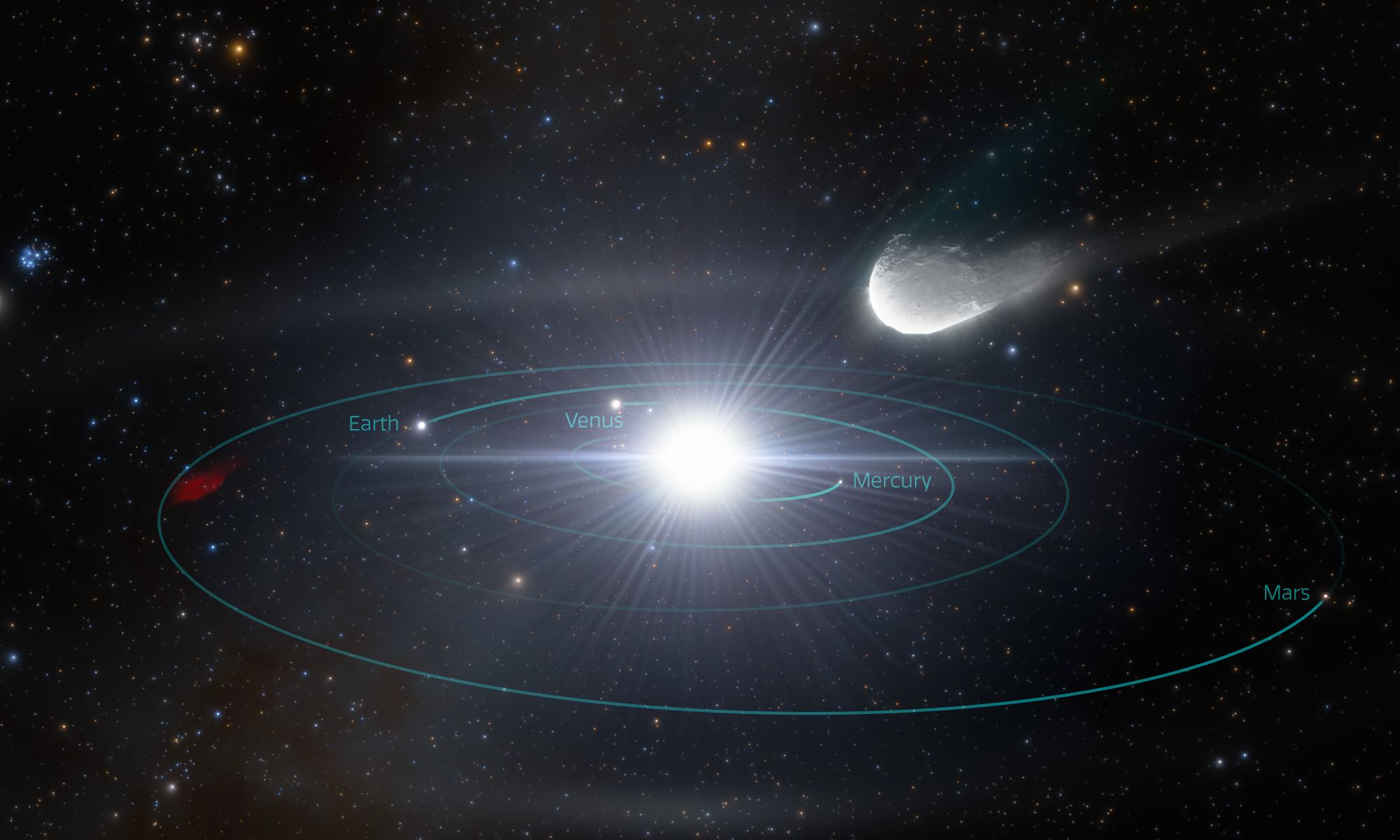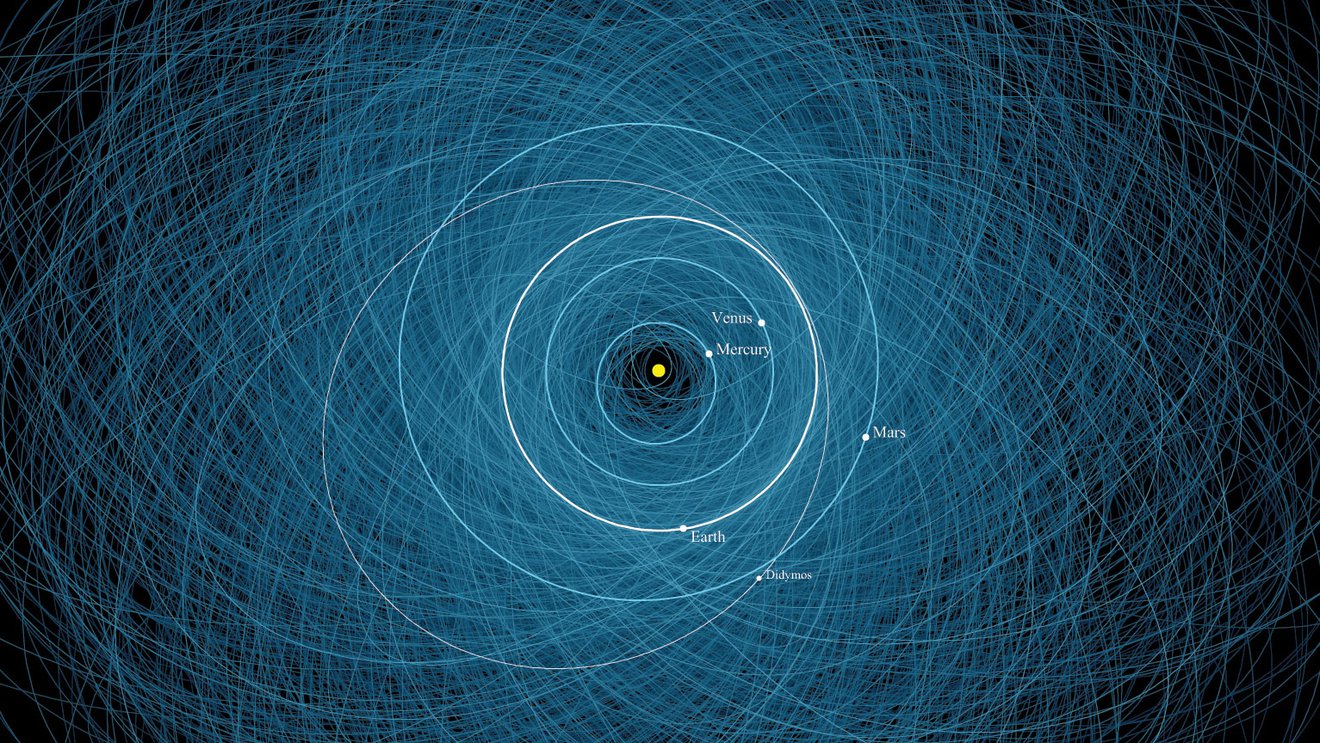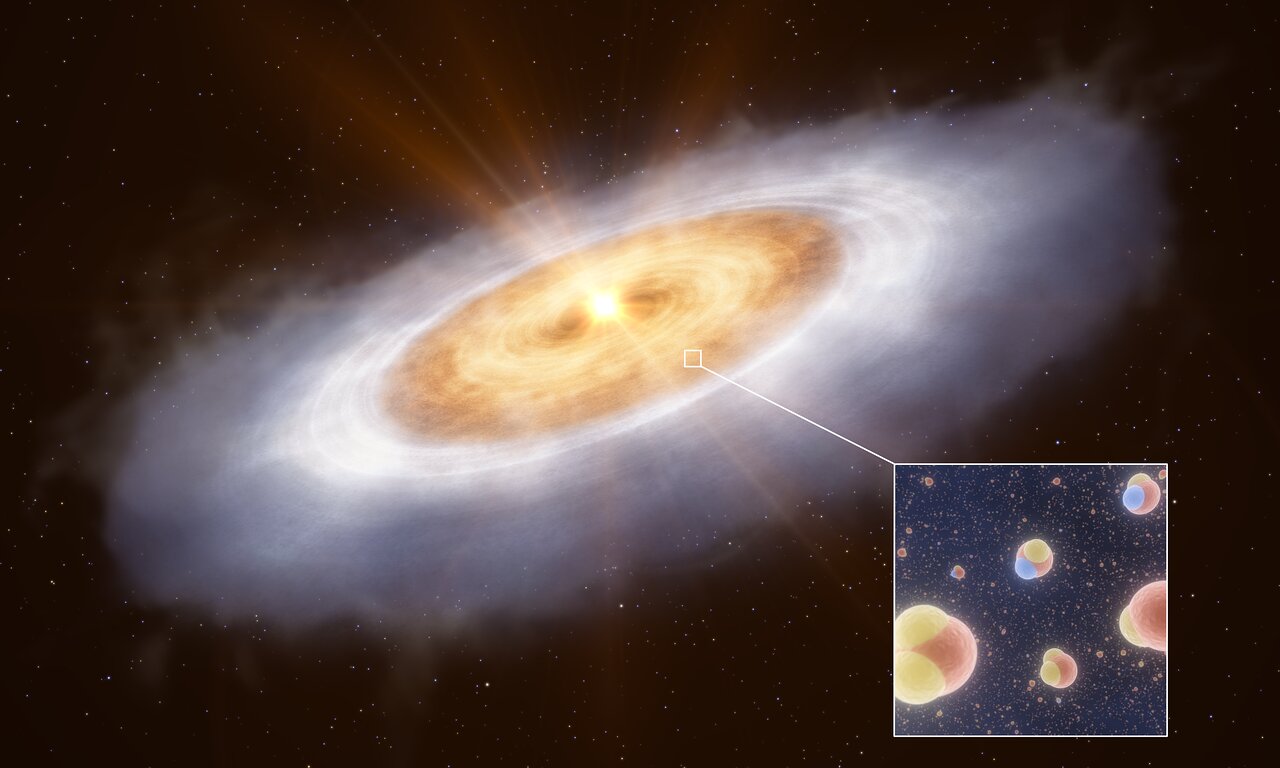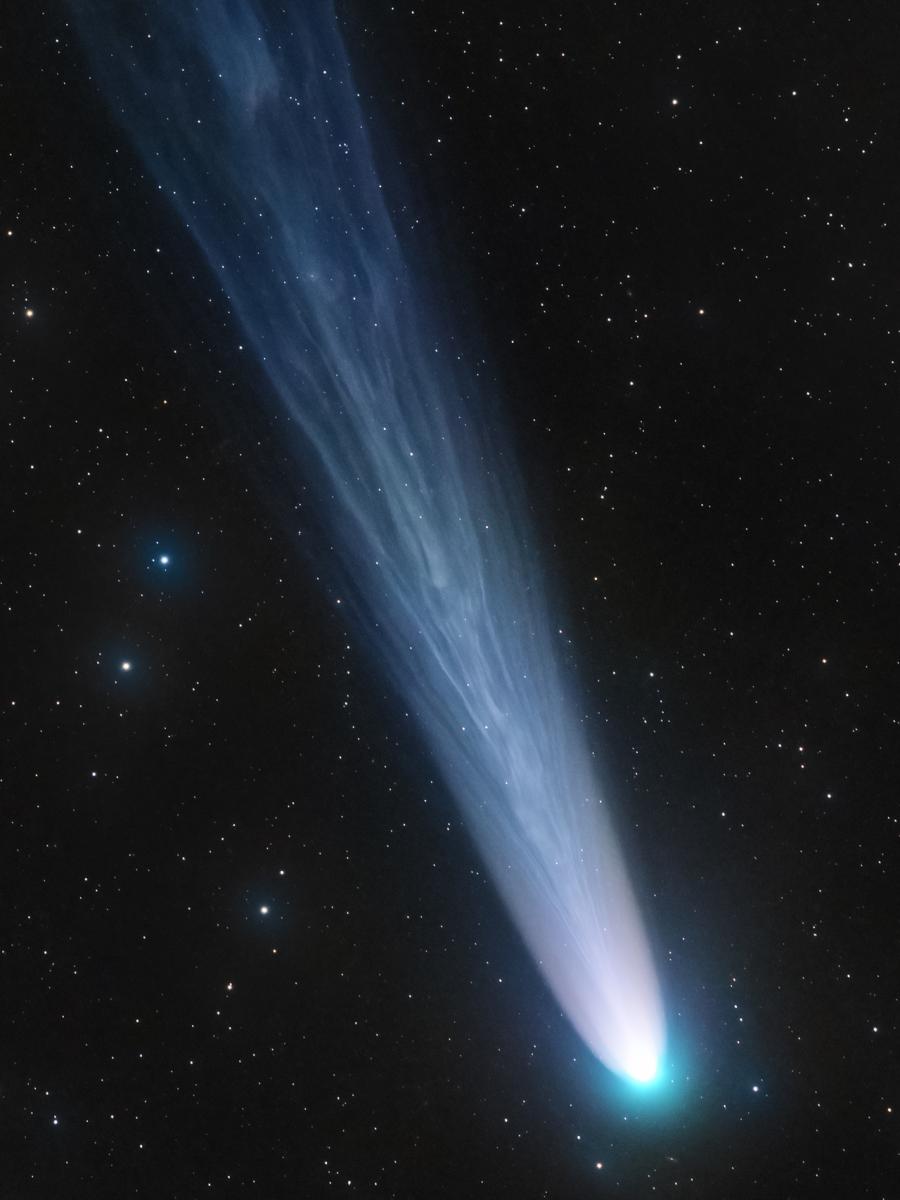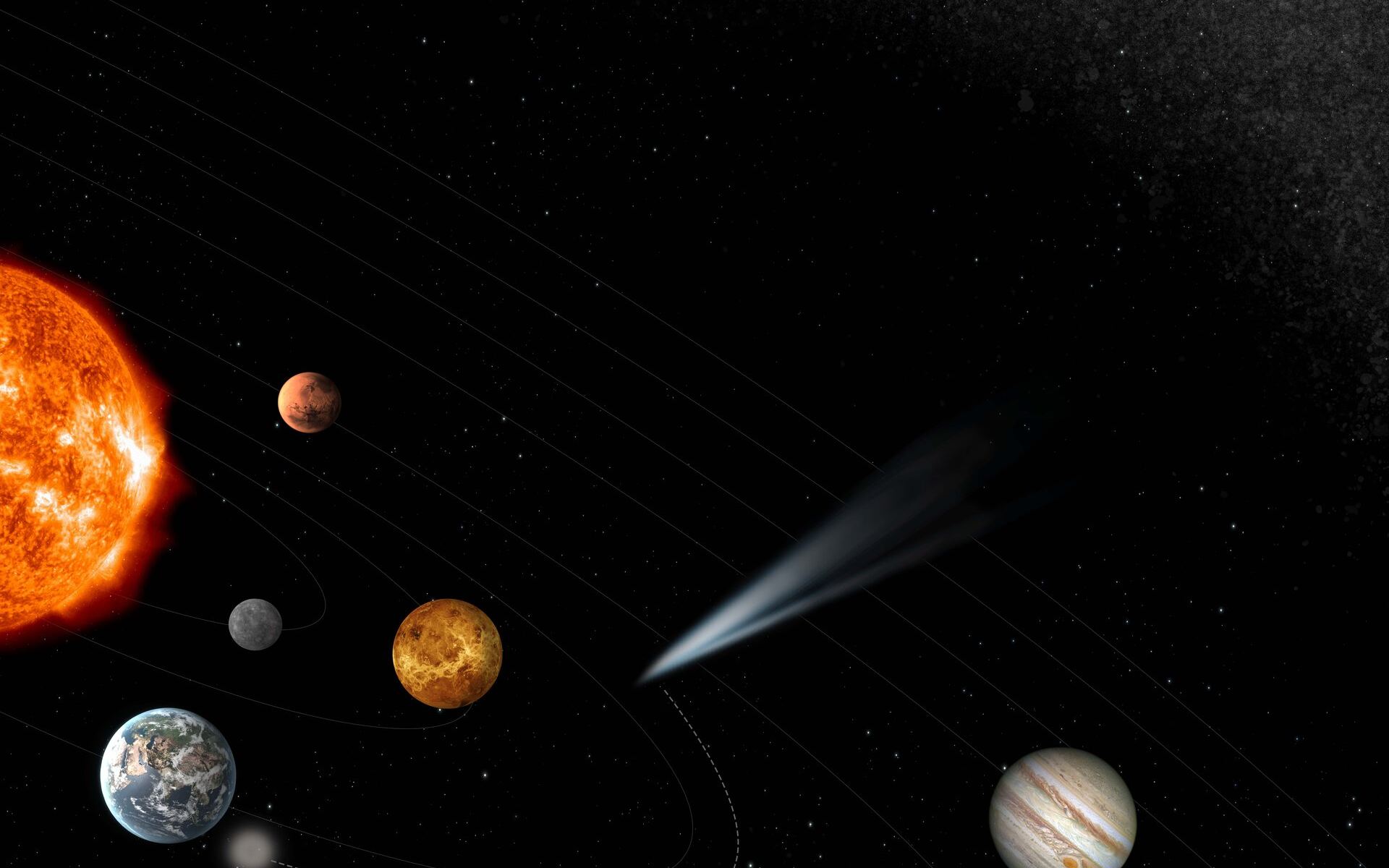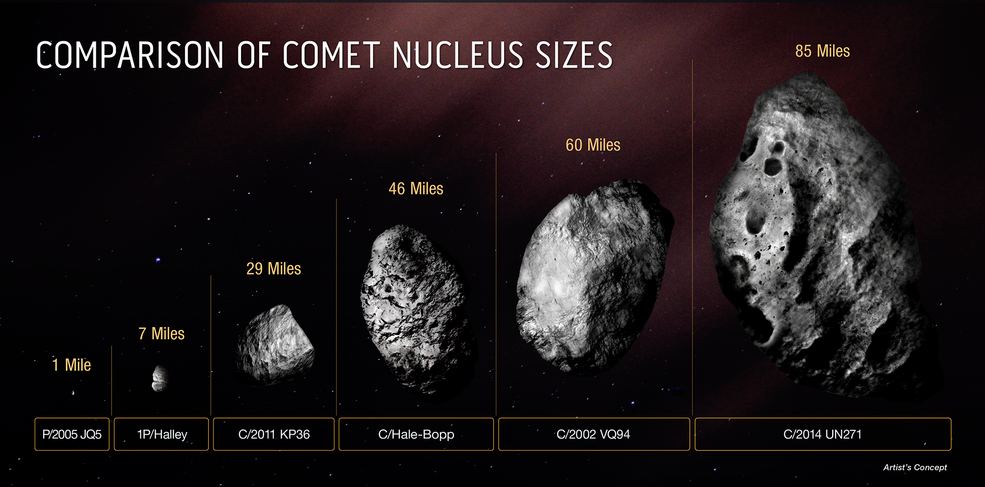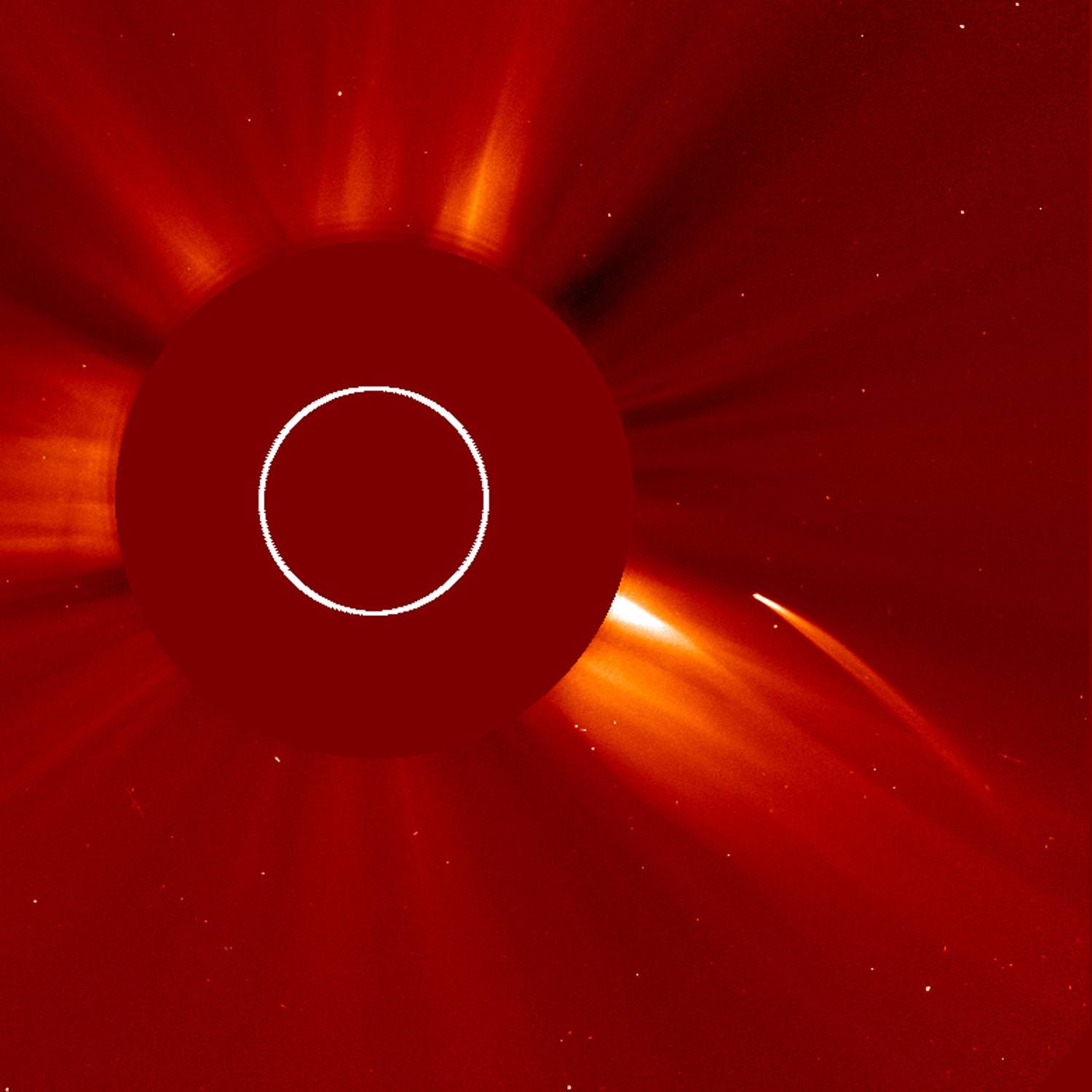Most of the comets we see in the sky were born in our solar system. They may have formed deep within the Oort cloud, and for some, it is their first visit to the inner solar system, but they are distinctly children of the Sun. We know of only two objects that came from beyond our solar system, Omuamua and Borisov. There are likely other interstellar objects visiting our solar system, we just haven’t found them. But that’s likely to change when Rubin Observatory comes online.
Continue reading “Vera Rubin Will Find Many More Interstellar Objects”Vera Rubin Will Find Many More Interstellar Objects
